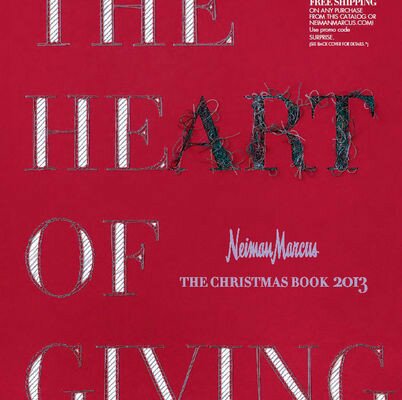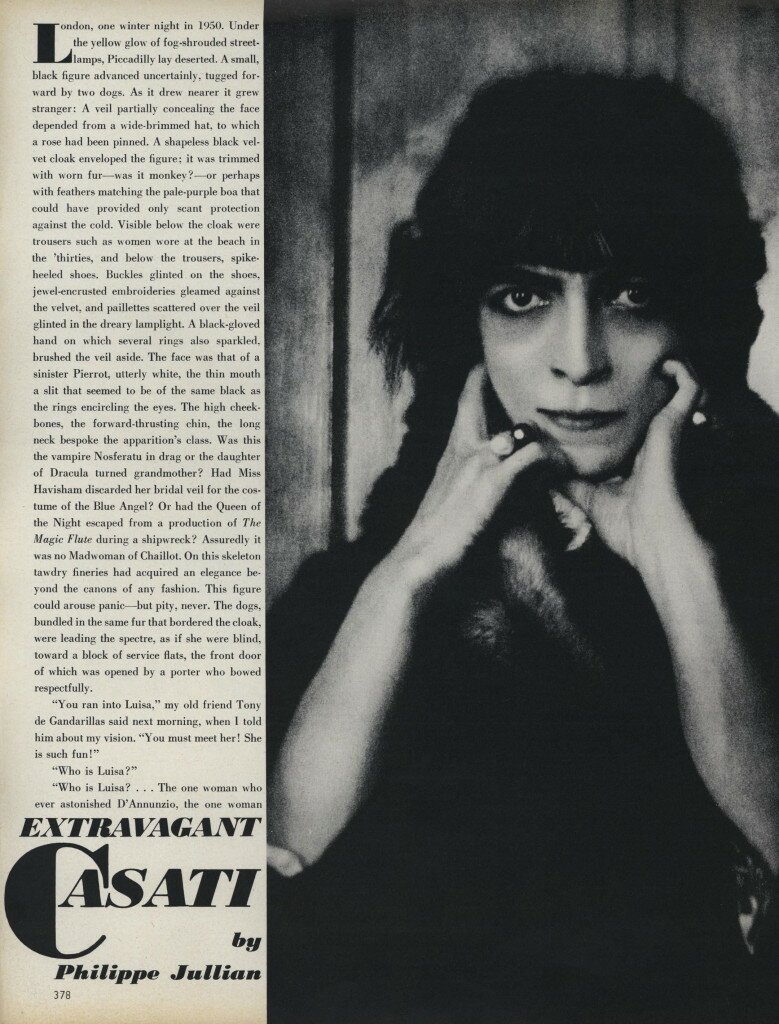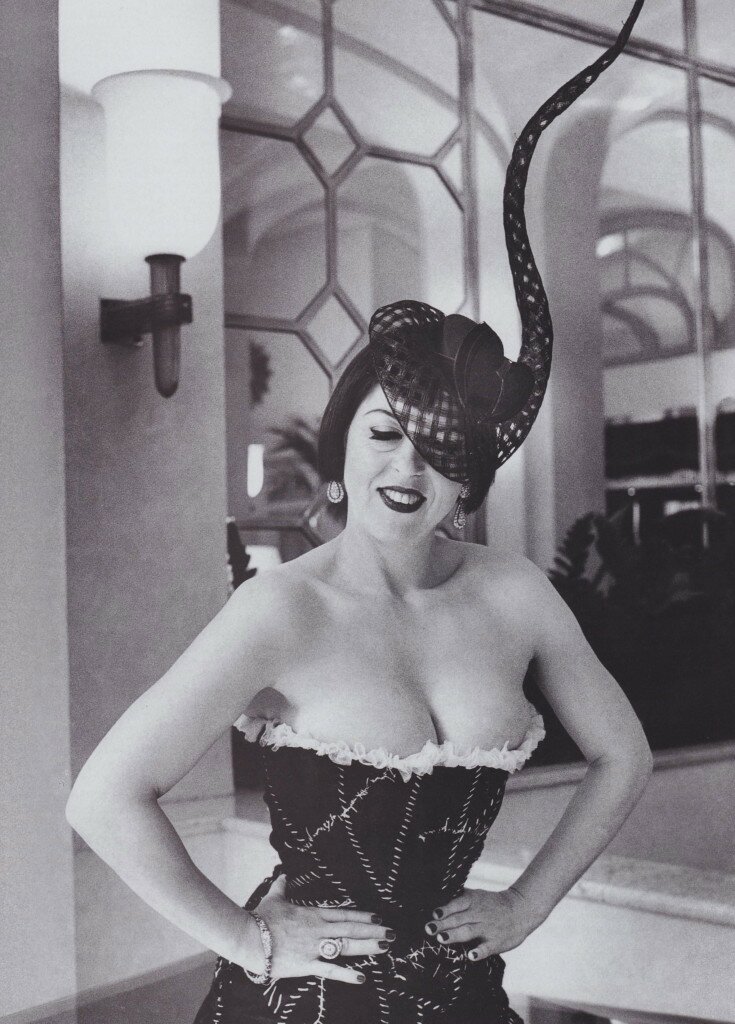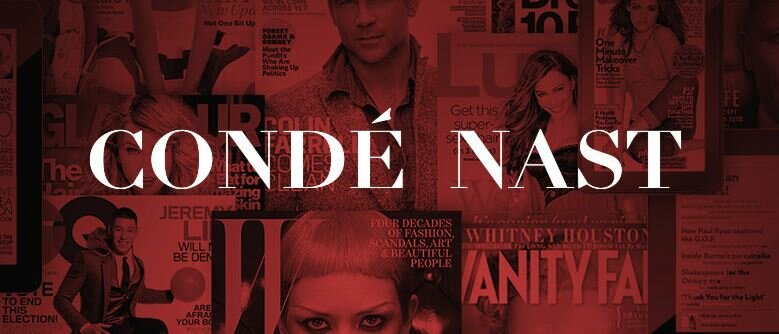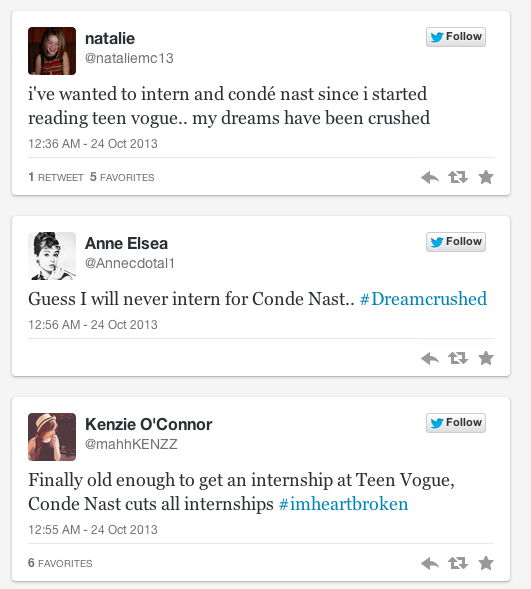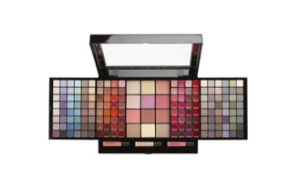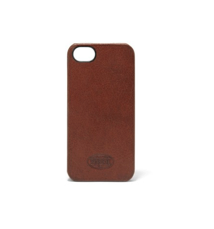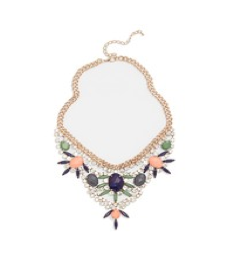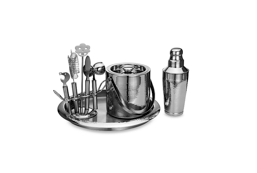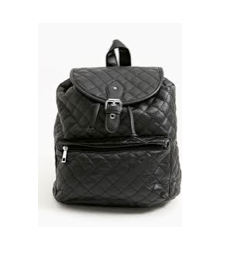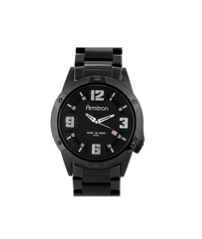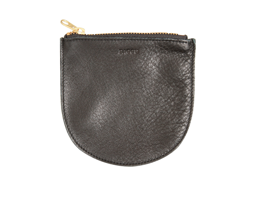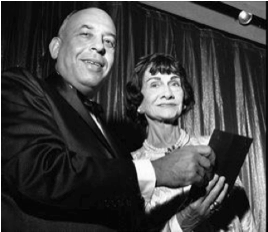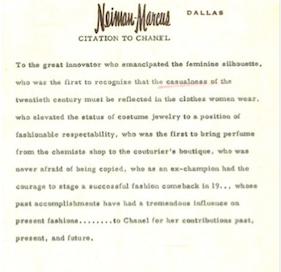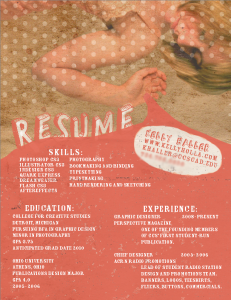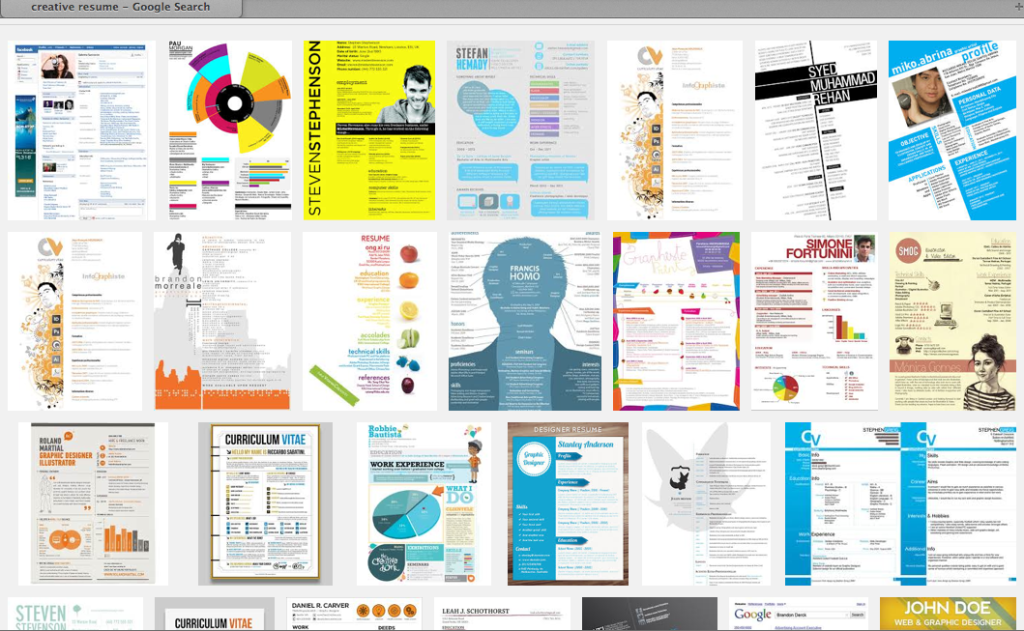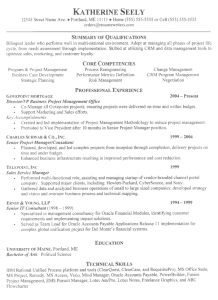By Emily Sims
As a child in Turkey, Elif Kavakci witnessed her mother, a university professor, forced to choose between her career and her religion when the Turkish government banned the wearing of the hijab — the headscarf worn by Islamic women — due to complete separation of church and state.
Today Kavakci, the founder of Kavakci Couture, is not only an internationally known fashion designer but also a pioneer for hijab fashion and an inspiration to Muslim women around the world.
“I would put outfits together as a teenager and later on that turned into a more serious hobby and then finally it became a professional job,” said Kavakci, who’s clientele consists of powerful women like the wife of Turkey’s prime minister.
After moving to the United States when she was 12, Kavakci appreciated the religious freedoms the country offered but realized finding clothes that were conservative yet fashionable was nearly impossible.
Kavakci’s fashion hobby led her to take fashion design classes over a period of 10 years in which she also married and had children. Her love of styling eventually turned into a job and she began styling for fashion shows. Although the conception of her label was unintentional, the revolution she wanted to cause was.

Elif Kavakci via Kavacki Couture
“I had a hard time being a Muslim girl who chooses to wear the religious headscarf, finding clothes that would cover my body. Living in the U.S. where fashion kind of means showing more skin and dressing sexier makes it a little difficult for girls who want to dress conservatively,” explained Kavakci.
“We wear knee-length dresses as tunics because all button down shirts come above the hips and we have to layer our clothes instead. I had a hard time finding something I could wear and still express myself and look chic but still abide by my religious dress code.”
It wasn’t until 2007 that Kavakci’s career really took off. The Dallas-based women’s organization Peace Makers International approached Kavakci about showcasing her designs in a fashion show fundraiser. Even though she didn’t have a label, the organization liked Kavakci’s style and asked if she would be interested in featuring her designs.
“They felt it would be interesting to see conservative-wear on the runway,” said Kavakci. “At first I thought, I’ve done a lot of styling for fashion shows since 1993 and I’ll maybe put outfits together, but then I thought, I can’t put clothes that don’t belong to me on the runway–now that I’m a fashion designer I have to actually make my own collection and come up with my label.”
Over a period of six months, Kavakci designed her first collection and had the pieces made by a tailor in Turkey. Her first show, Covered in Fashion, took place on SMU’s campus in November of 2008.
According to Kavakci, Covered in Fashion received a lot of media attention since a fashion show where all the models wore hijabs had not been done before. Although Kavakci’s label received a lot of hype, she says the fashion show was not a business strategy but her start to making a difference.
“I was one of the first designers to put the headscarf on the runways,” said Kavakci. “There is so much negative coverage in the media about Muslim women and about women who dress conservatively so I wanted to send a positive image and do it through an art form. The models that walked the runway were not professional models but they were women from the community. So when the audience saw the outfits walk down the runway they knew this was a real Muslim girl.”
Photographer Nicole Queen met Kavakci after Imam Kavakci, Elif’s father, said her Shahada, her declaration of faith, when she converted to Islam. Kavakci approached Queen and asked if she would be willing to do a photo shoot of her designs and since then, the two have become close friends.
“Working with Elif is not work. It’s two friends who share a similar passion for Islamic fashion and feeling empowered through our faith. I love Elif’s ideas and designs and her attention to detail. Her clothing is always modest and always stylish, something that is rare in the Islamic fashion industry,” said Queen. “I feel inspired by her vision and empowered to use my abilities as a photographer in a way that also benefits my religious beliefs–this was all so new to me.”
Kavakci isn’t the only member of her family who receives a lot of media coverage. Kavakci’s older sister, Merve, is an internationally renowned women’s rights activist. She returned to Turkey after finishing school in the United States to run for Parliament and lift the ban of the hijab. Although she won the election, the ban prevented her from taking her oath. Her refusal to back down keeps Merve regularly in the press and in need of styling, which she receives from Elif.
After news of Kavakci’s label spread to Turkey, Kavakci picked up another prominent client, the wife of the Turkish Prime Minister.
“I had styled and designed for my oldest sister who is in politics in Turkey. She’s in the media a lot and everyone automatically picked up the last name and recognized I dressed her. When [the Prime Minister’s wife] read about my fashion show at SMU she thought, ‘Oh, my gosh. I know her and I need outfits designed.’ They always have occasions where they need something to wear, and so she contacted me, and I have the pleasure of working with her and their daughters,” said Kavakci.
After her career took off, many Muslim women inquired about purchasing her clothes. However, Kavakci Couture is a couture fashion line–nothing is mass-produced and everything is made by hand. Currently, Kavakci has a private clientele that she styles and designs for. Although her line wasn’t available to the general public, Kavakci felt she needed to give something to these women who were reaching out.
Kavakci started her blog, Hijabitopia, as an arena where she could give fashion advice to Muslim women. What initially started as a fashion blog quickly turned into a lifestyle blog, filled with inspiration and role models for Muslim women.

Elif Kavakci via her blog Hijabitopia
Nazreen Hassan, co-editor of Hijabitopia and Kavakci’s best friend, moved to Dallas from Johannesburg, South Africa, when she was 7 and met Kavakci when they were little girls taking classes at their Mosque. When Kavakci came to her with the idea of the blog, Hassan was fully supportive.
“I consider [Kavakci’s] family, my family. She’s been my best friend for over 20 years and we’ve experienced the ups and downs of life as hijab-wearing women together. So naturally, when she had this idea to start the blog, she pitched the idea to me, and I, of course, thought it was a fantastic idea and jumped onboard,” said Hassan.
Like Kavakci, Hassan grew up struggling to find conservative yet fashionable clothes and dealt with the prejudices that can come from being different.
“Wearing hijab is not easy,” said Hassan. “I grew up being the first one to ever walk [into] my junior high school donning a headscarf. It scared people, I think. To be honest, it sometimes scared me, only because of reactions I got and mean kids. But I knew in my heart that it’s what God wanted me to do, so I did it for Him.”
For Hassan, the only person she had to turn to was Elif. Now she feels as if the digital age has opened the door for Muslim women everywhere to find support, which is what she wants Hijabitopia to be.
“At the time, I didn’t have a big social network to turn to for encouragement or questions or help with what to wear [or] how to deal with mean kids who would pull my hijab off. I really just had Elif,” said Hassan. “With today’s digital age, information, support groups, blogs, you name it, are readily available through the click of a mouse. And there’s so much comfort in seeing other people like you out there, facing the same struggles and challenges.”
According to Queen, she believes the blog reaches out to women in a way that wasn’t previously done.
“[Elif] was a catalyst in that sense,” said Queen. “Now there are all types of Muslim fashion blogs and girls claiming to be Muslim designers, but Elif still continues to pave the way to be ‘the real deal.’ The blog connects with every woman’s instinct to want to be beautiful while also maintaining a balance between that beauty and our faith. This is a line so fine you need a magnifying glass to see. Hijabitopia never ‘sells out.’ They never push anyone towards making sexual appeal or materialistic things more important than their sense of faith. Plus, I love her segments like ‘Superhijabi’ that showcase powerful out-of-the-box veiled women. It never ceases to impress.”
According to Hassan, she and Kavakci both write and edit pieces for Hijabitopia. The women post pieces that they hope will provide readers with information, advice or guidance.
“Our readers want to read about any superhijabi in the news, such as Ibtihaj Muhammad, the U.S. World Fencing Champion, convert stories or interesting things relating to Muslim women in the media, and finally, fashion trends and how you can modify them to fit into your hijab-wearing wardrobe,” said Hassan. “Our goal is to inspire our readers and the world by showing them that it is possible to be modern and stylish while still following the tenets of our beautiful faith, Islam.”
Hassan and Kavakci both feel that it is hard for young Muslim women, especially in the U.S., to have a prominent female figure to look up to. By posting stories about Muslim women in the media around the world, they hope to give young women now what they didn’t have.
“I feel in America they don’t really see role models on TV that have their religious views. When they see Miley Cyrus on the TV, they can’t relate to anything,” said Kavakci. “I thought, what if I start a blog where we can share some information and promote being a good Muslim girl and being religious but at the same time it’s fun.”
Queen has lived on both sides since she grew up as a non-Muslim. She says that deciding to wear the hijab after converting to Islam changed her life for the better.
“I was invited to stay a month in Jordan and I had this idea that everyone there would be dressed in hijab and that if I wanted to fit in I needed to wear it, too. So I packed my bags full of Islamic attire and took off for Jordan,” said Queen. “For 30 days I wore hijab and spent my time with Muslims. By the time my trip was finished I knew there was no way I could detach myself from my new modest image. It felt too good to give up. I felt respected as a woman, like I didn’t have to compete anymore, I was just a modest religious girl now. It was a good feeling, coming from someone who was very vain and physically obsessed with attention and opinions of my image.”
Now as a Muslim woman who chooses to wear the hijab, Queen believes that wearing the hijab is important for more than just following religious practice.
“It’s important because our society is completely breaking down all around us. Yeah, wow, that’s quite a reason. Well, look back in history and women’s clothing compared to the amount of respect given. Women of history fought hard and sacrificed everything so we could have rights in the ‘free world.’ They picketed and were arrested and persecuted so we could have the right to vote, own corporations, get a college degree in the same school a man could. The list is endless and slowly we are just walking around naked, with endless freedom and no sense of when we have gone too far,” said Queen.
“They fought for our right to be heard, but today our voices are clouded by our desire to ‘twerk’ our way to the top in the most revealing way possible. If you want to be at the top, you have to be willing to go as far as any other. I ran away from all of this and into the arms of my faith, and dressing modestly never made more sense. The real question: Why wouldn’t someone want to wear it?”





